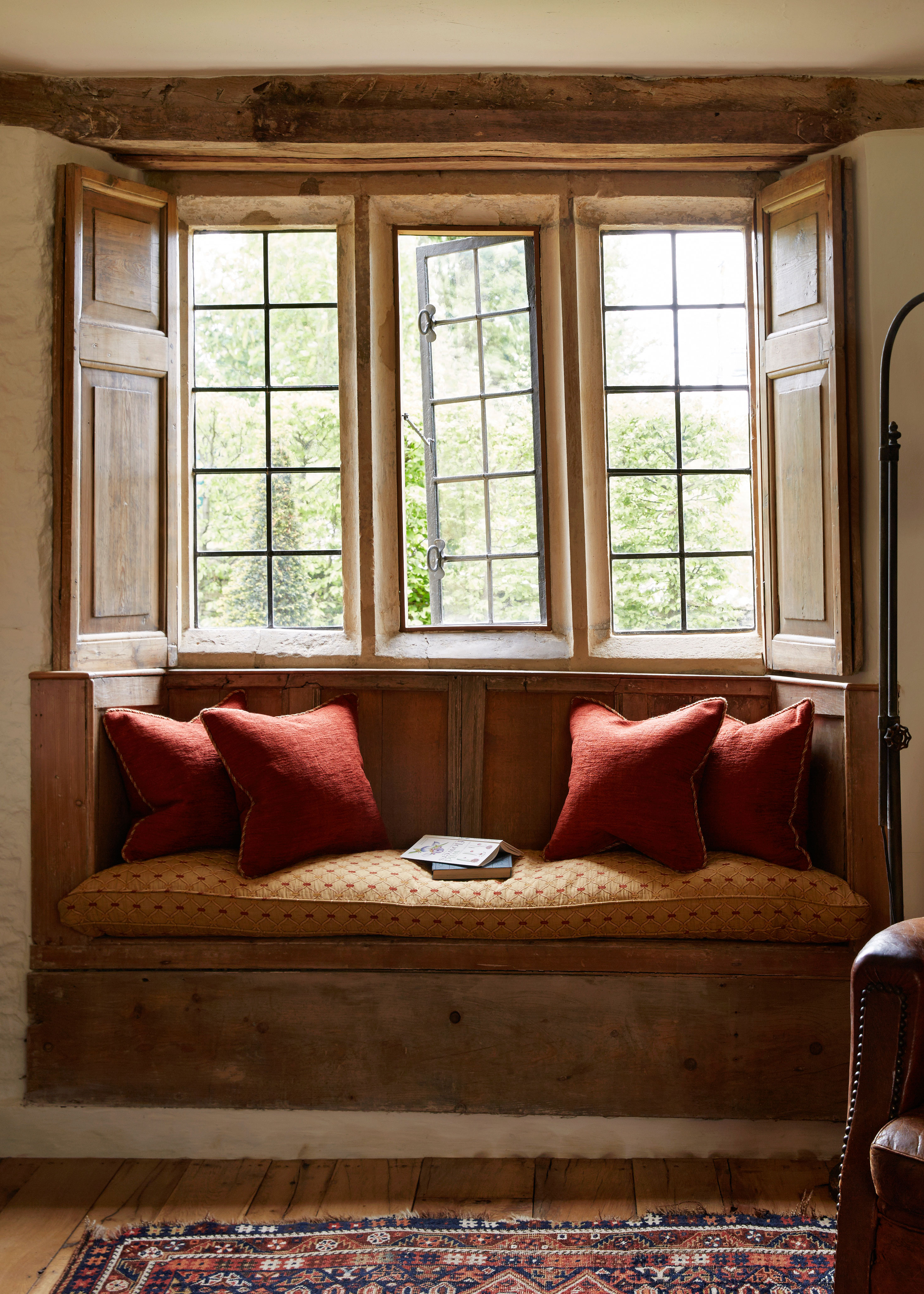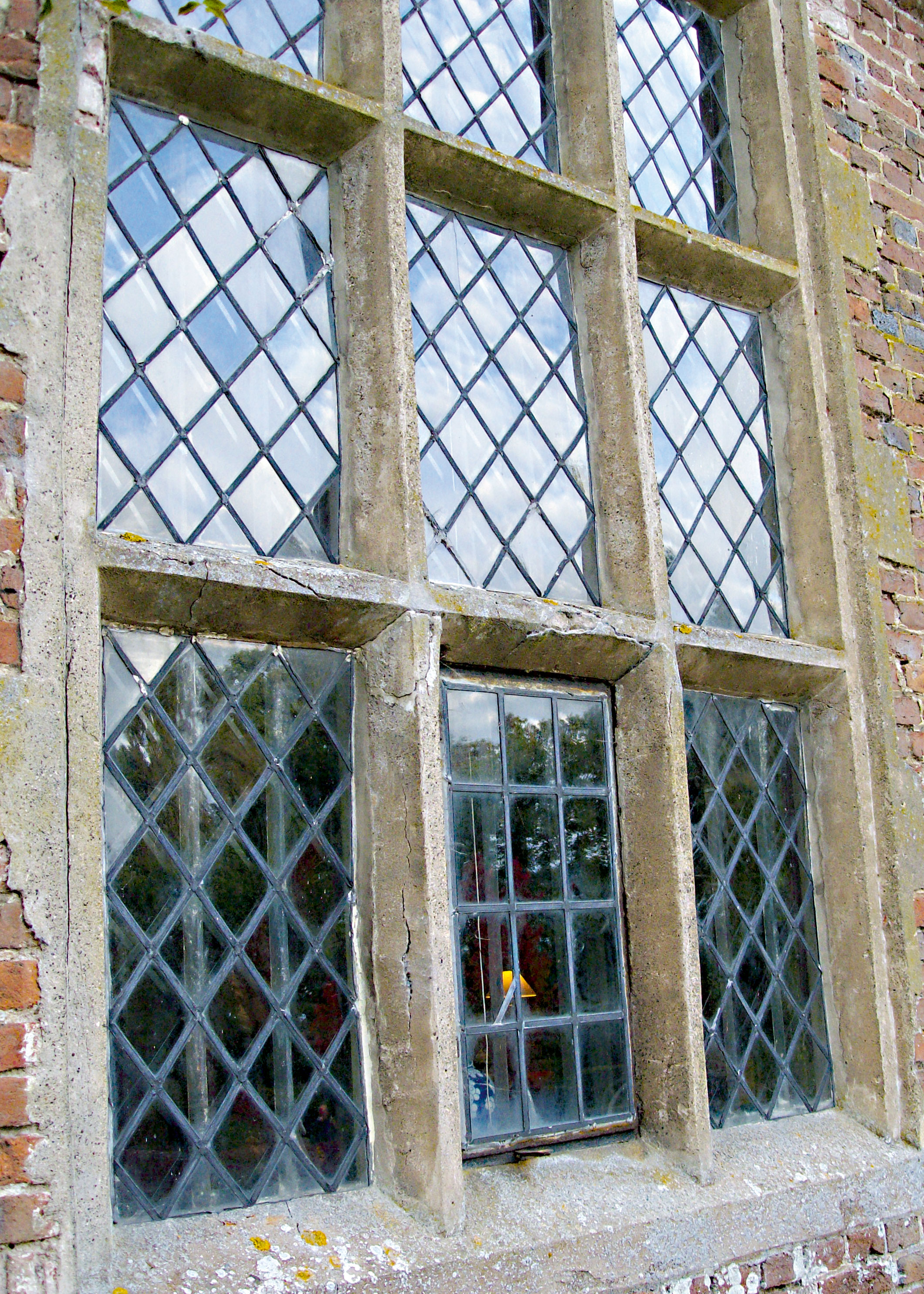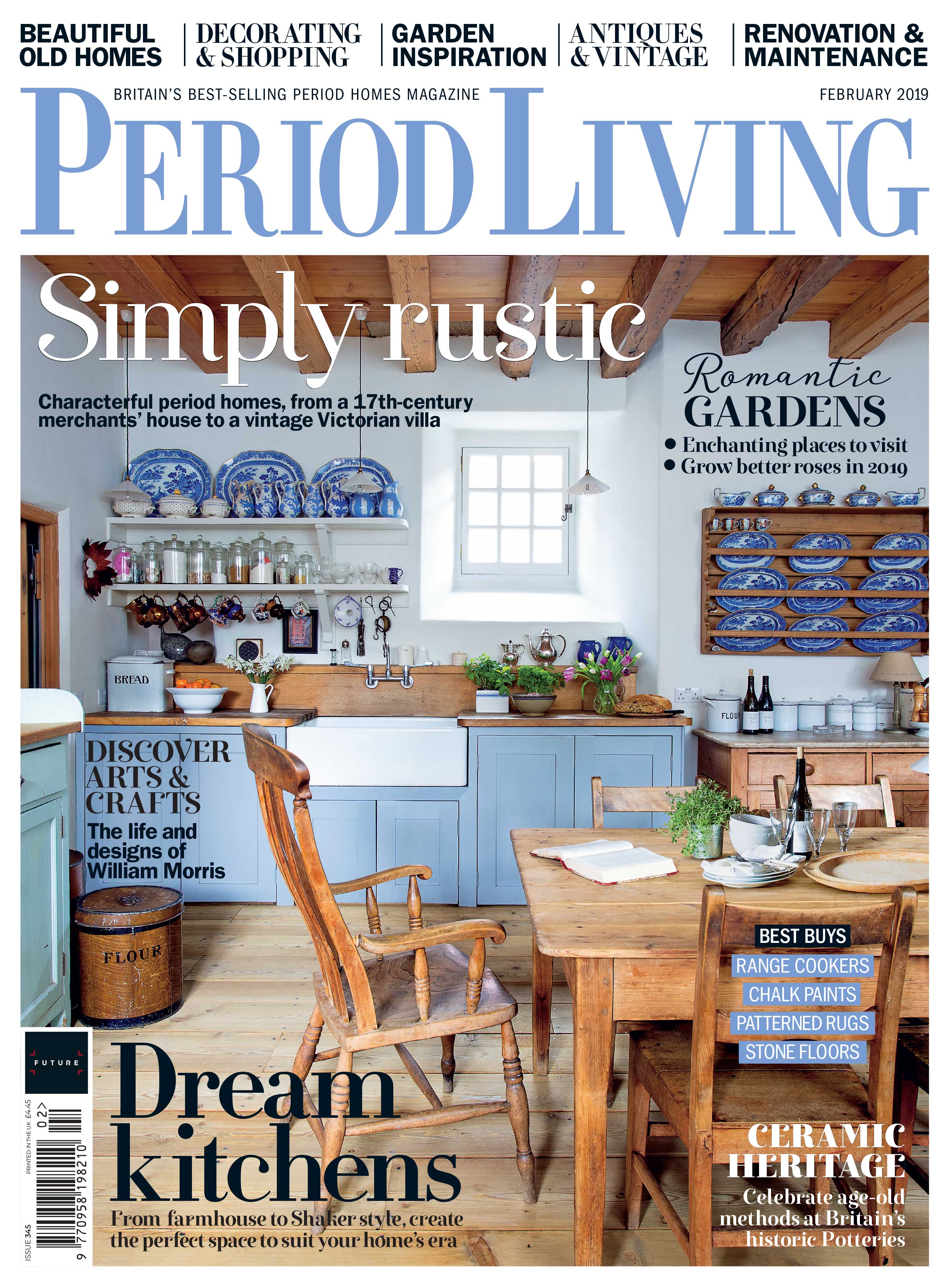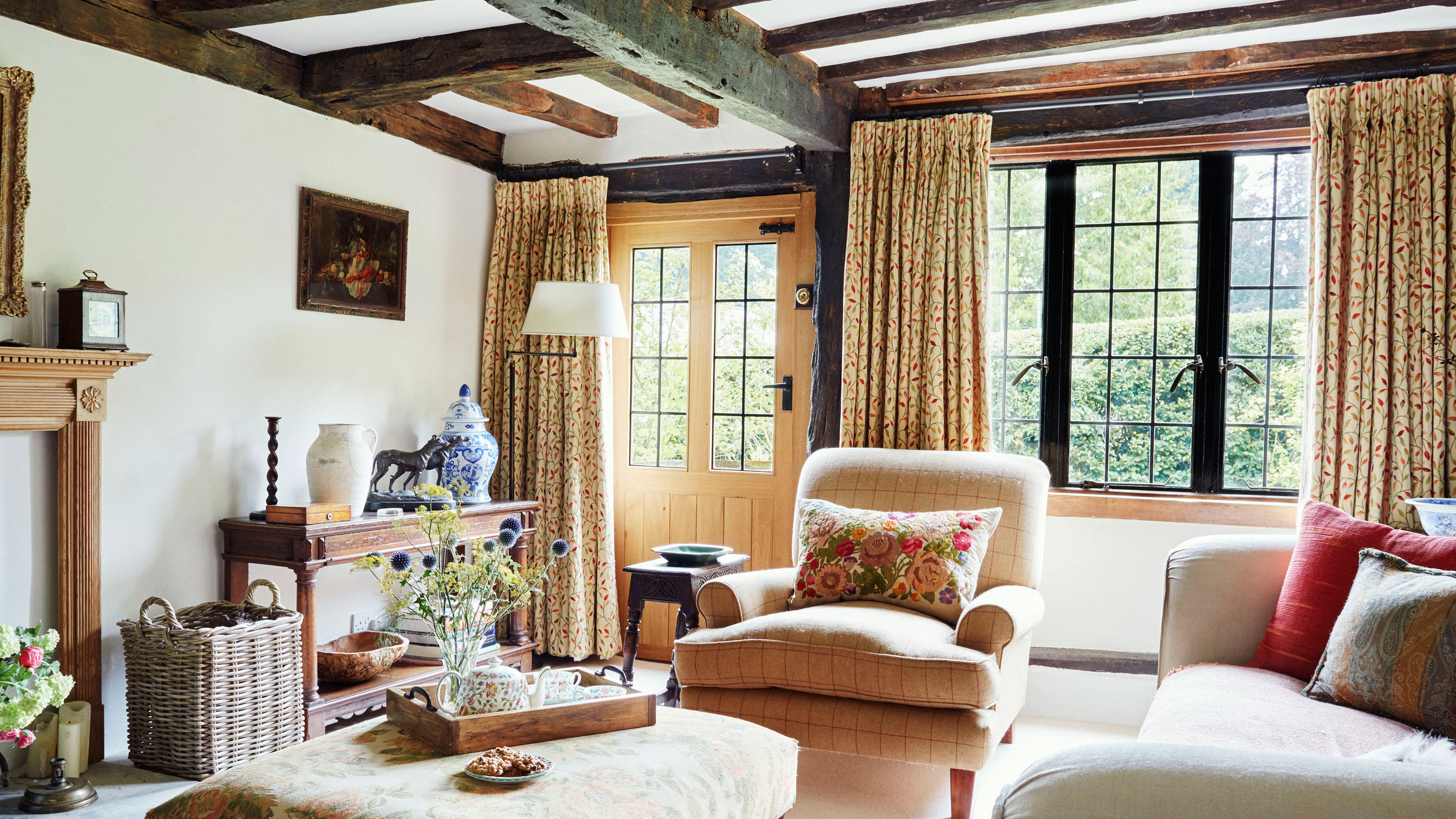How to maintain and repair leaded windows
Original leaded light windows are historically important architectural features, so when they need attention it's essential to repair and care for them correctly

Leaded lights make up some of Britain's earliest surviving windows, dating back to medieval times. As glass could only be manufactured in small pieces, the leading allowed for them to be joined together to form a larger window pane.
The basic design of this type of latticed window remained largely unchanged for centuries and even today is still used for new stained glass. Leaded light windows are found in buildings of many periods and should be carefully repaired, especially if the windows are old.
Find out more about renovating a period house, and about all things windows on our dedicated page.

Original leaded lights should be treasured and properly maintained. If you have the space, a window seat is the perfect way to enjoy them
How leaded windows are made
Leaded lights consist of a framework of H-shaped lead strips, or cames, that join the glass pieces – usually in diamonds or rectangles. Except for the smallest, these are supported by metal bars or a framework called a ferramenta (from the Italian for ironmongery), historically made of wrought iron, fixed into the masonry.
Medieval cames were cast in moulds with any uneven surfaces shaved away, leaving a distinct, faceted profile. From the 16th century, cames were produced by extruding lead through a mill.
As a sign of authenticity, you may find names of manufacturers or dates impressed into the lead on the flat ‘heart’ between the H-shaped flanges.

The light ripples on these restored diamond-shaped leaded lights, positioned between stone mullions
Fixing problems with leaded windows
Leaded lights can last for hundreds of years with only minimal care. Loose or leaking glass may be re-sealed within the leadwork using glazier’s putty – a mixture of linseed oil, whiting and white cement.
Get small space home decor ideas, celeb inspiration, DIY tips and more, straight to your inbox!
More from Period Living

Period Living is the UK's best-selling period homes magazine. Get inspiration, ideas and advice straight to your door every month with a subscription.
Broken or cracked glass can be replaced on a small scale by bending back the flanges of the cames to insert new pieces, and re-sealing. Sometimes lead or copper strips are used instead, to repair cracked glass in leaded lights.
Over time, lead creeps under its own weight and causes panels to distort, particularly where rectangular rather than diamond-shaped pieces of glass, known as ‘quarries’, are used for plain glazing. Minor undulations contribute to the character of a window and generally don’t need repair.
More serious distortion places further stress on the cames, which may then lift from the glass, increasing the risk of breakage. It also traps moisture, accelerating the decay of both the glass and the ferramenta.
It may be possible to reduce distortion in situ, but in the severest cases panels will need to be laid flat to be repaired. Installing extra ferramenta can help prevent further buckling. If cames are corroded or have major fractures, the whole panel will need to be taken to a specialist workshop for careful rebuilding.

Leaded light windows are authentic to Tudor homes, and perfectly set the tone for cottage-style interiors
Repairing scratches to glass
Accidents and careless painters can lead to scratches on your windows. These can be polished out with a soft cloth using a mild rubbing compound such as jeweller’s rouge or, with a little more effort, a metal cleaner (such as Brasso). DIY buffing kits are also available.
Deeper scratches (those that catch your fingernail if you run it across the glass) are best left to specialist scratch removal firms.
Douglas Kent is technical and research director of the Society for the Protection of Ancient Buildings (SPAB)